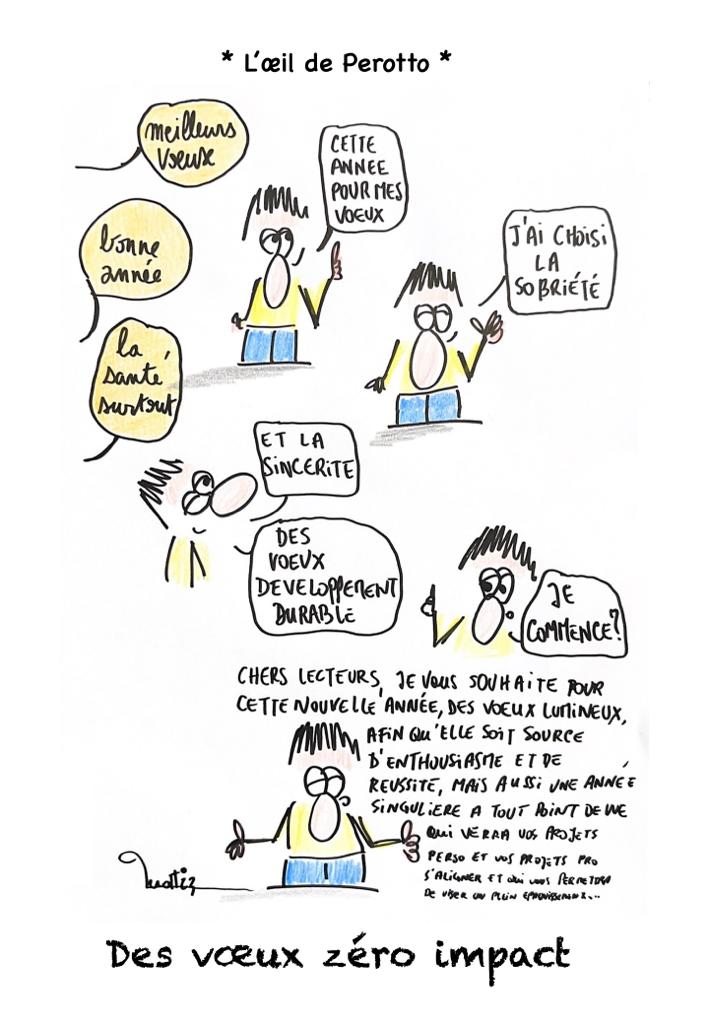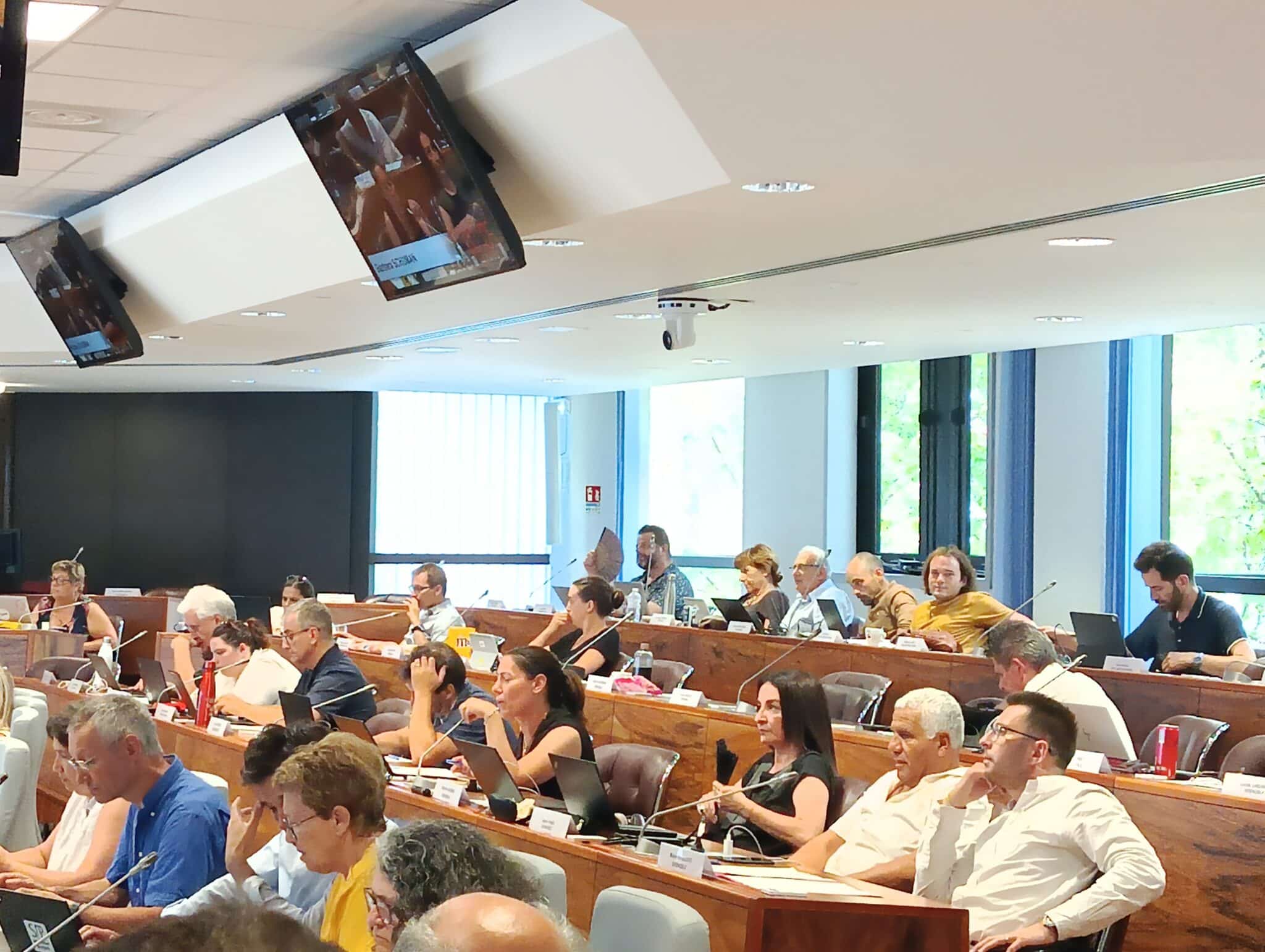IN SHORT – We know how to detect mercury in organisms, but up to now, we knew less about how to identify the origin of the contamination. Experiments carried out on a hair by a team of international researchers at the European Synchrotron in Grenoble have shed light on these grey areas

Researchers, like Alain Manceau (shown here) have used the Synchrotron light to analyse a human hair, and have traced the origin of mercury contamination. © ESRF
Mercury is found in fish or rice, in dental amalgam, some vaccines and also in medicines.
Even though we know how to detect this powerful neurotoxin, which accumulates in organisms, notably through urine analysis, identifying the source of contamination with mercury toxicology risk assessment and implementing a treatment, has always been relatively hazardous.
Researchers from the CNRS, the University of Bordeaux, the Grenoble Alpes University, the ESRF, the European synchrotron in Grenoble and the University of Illinois in Chicago have just found the solution by developing new techniques of analysis to identify the chemical forms of mercury *.
Using two lines of synchrotron light from the ESRF, they discovered that a spike in mercury, observed on a hair, came from the removal of dental amalgam. Experiments conducted in Grenoble can even date the exposure period to within one or two days.
Indeed, with an average growth rate of one centimetre per month, hair can capture events of contamination with high temporal resolution ; a key witness, which has shaken a few certainties.
From mercury, to other toxic metals ?
“The epidemiological studies of contamination with mercury by eating fish make the hypothesis that mercury in hair comes only from this source”, explains Kathryn Nagy, Professor of Earth & Environmental Sciences at the University of Illinois in Chicago. “Our results show that this is not necessarily true.”
“We did not expect to find that the microscopic peak of mercury, at just 2.5 nanogrammes, has a different molecular signature from that of methylmercury, which is related to fish consumption”, continues Alain Manceau, Director of research at the CNRS-University Grenoble Alpes. “However, to ensure that the mercury came from amalgam, it was essential to know its molecular form, and especially how it was attached to proteins in the hair. This, thorough investigative work has taken several months and required the use of supercomputers to model the data.”
Patricia Cerinsek
* The results have been published in the Environmental Science & Technology journal.
Traduction from Speak English Center
Phone : +33 4 76 50 39 79
1 avenue du Vercors, 38600 Fontaine FRANCE















